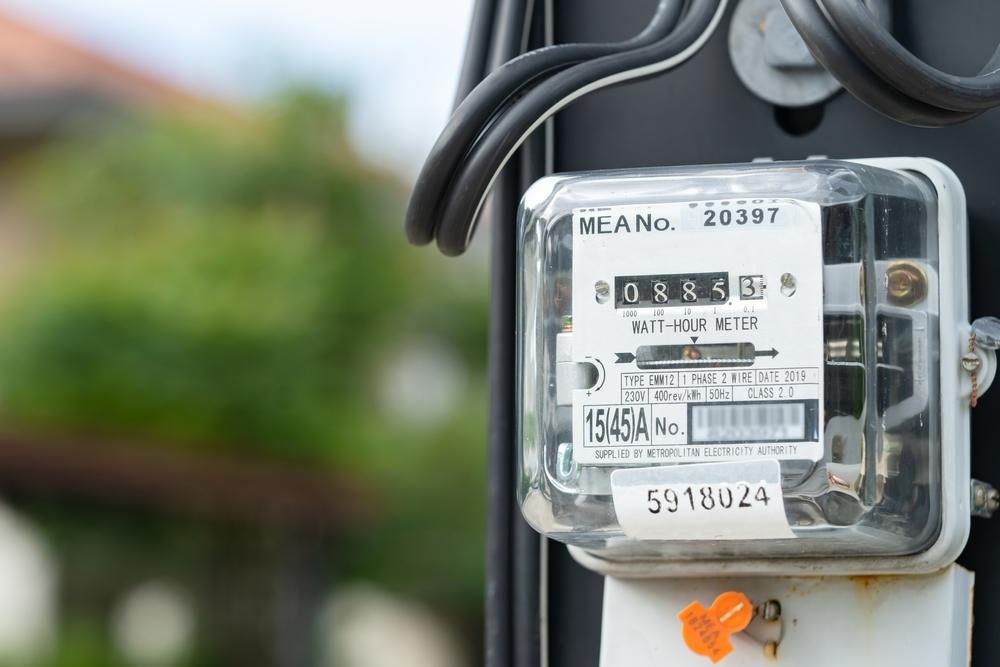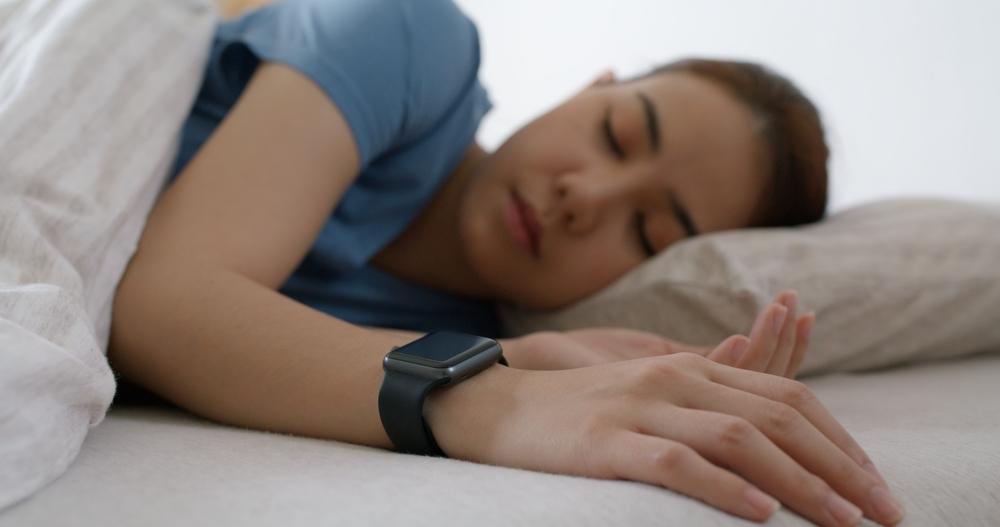Have you noticed any unusual movements in yourself or a loved one? Are you or someone close to you frequently moving awkwardly, with involuntary twitching or facial grimacing? This could be a sign of Tardive Dyskinesia, a neurological movement disorder often linked to long-term use of certain medications. Learn more about this condition, its causes, symptoms, and potential treatments to effectively manage it.
What is Tardive Dyskinesia?
Tardive Dyskinesia (TD) is a neurological disorder characterized by an array of involuntary movements, particularly involving the face, lips, and tongue, though other body parts may also be affected. The disorder is often a side effect of long-term use of antipsychotic medications, which are frequently prescribed for mental health conditions like schizophrenia and bipolar disorder. According to the WebMD, TD affects approximately 500,000 to 1 million people in the United States alone.
Causes and Symptoms
The primary cause of Tardive Dyskinesia is the prolonged use of dopamine receptor-blocking agents, commonly found in antipsychotics. These drugs alter brain chemistry, which can disrupt normal movement control. According to the Mayo Clinic, the symptoms of TD can include:
- Lip smacking or puckering
- Repetitive tongue motions
- Frowning or blinking unusually
- Head bobbing or shoulder shrugging
- Finger-dancing movements
For a more exhaustive list of symptoms, you can visit this Healthgrades resource.
Diagnosis
Diagnosing Tardive Dyskinesia involves a detailed clinical history and potentially consultation with a neurologist or movement disorders specialist. The doctor will assess the patient's medication history, perform a physical examination, and may utilize specific scales to evaluate the severity of the symptoms. According to the Cleveland Clinic, understanding the timeline of medication usage is crucial for an accurate diagnosis.
Treatment Options
While Tardive Dyskinesia has no cure, several treatment approaches may alleviate symptoms. These include:
1. Medication Adjustments: Reducing or altering the medication regimen under medical supervision to find a balance that minimizes TD symptoms while effectively managing the primary mental health condition.
2. VMAT2 Inhibitors: Medications like valbenazine and deutetrabenazine have been approved for TD treatment and can provide significant symptom relief.
3. Supportive Therapies: Physical and occupational therapy might help in minimizing the impact of TD on daily life.
4. Alternative Medications: Sometimes, switching to newer-generation antipsychotics can decrease the risk of developing or worsening TD.
For more information on treatment, insights can be found in a Healthline article on Tardive Dyskinesia.
Understanding Medication and Cost
Here's a table providing an overview of common treatments and their estimated costs:
| Medication | Typical Dosage | Estimated Monthly Cost |
|---|---|---|
| Valbenazine | 40-80 mg/day | $800-$1,400 |
| Deutetrabenazine | 6-48 mg/day | $500-$1,000 |
| Tetrabenazine | 12.5-50 mg/day | $500-$1,200 |
| Risperidone | 2-8 mg/day | $20-$100 |
| Olanzapine | 5-20 mg/day | $30-$200 |
Living with Tardive Dyskinesia
Despite its challenges, people with Tardive Dyskinesia can lead fulfilling lives. Time and again, supportive care from healthcare providers and family can make a tremendous difference in managing symptoms. Mental health support and counseling may also aid in adjusting to life with TD. Regular follow-ups and open communication with healthcare providers are essential to ensure the most effective treatment plan is in place.
Education and awareness are just as crucial for patients and their families. Understanding the condition helps in advocating for oneself, seeking the appropriate care, and navigating the complexities of mental health and neurological disorders.




